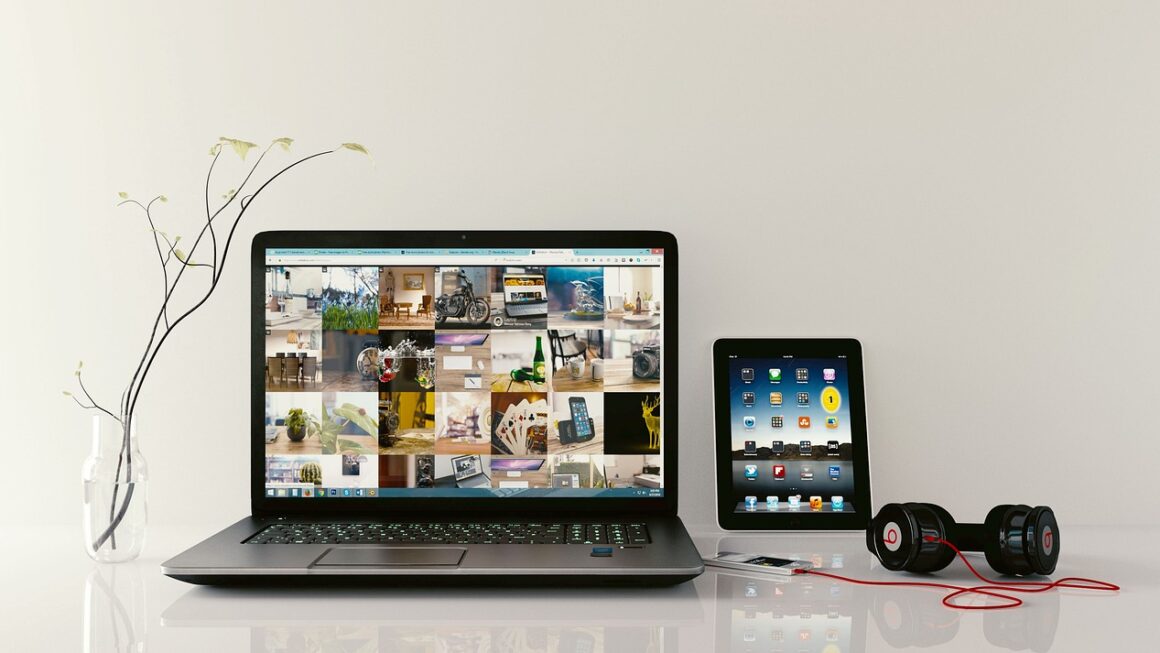Keeping a watchful eye on your precious little one is every parent’s priority. In today’s world, baby monitors have evolved from simple audio devices to sophisticated systems offering video, movement detection, and even environmental monitoring. Choosing the right baby monitor can feel overwhelming, but understanding the different types, features, and considerations will empower you to make an informed decision that brings you peace of mind. This guide will explore everything you need to know to select the perfect baby monitor for your family’s needs.
Understanding the Types of Baby Monitors
Audio Baby Monitors
- Description: These are the simplest type of baby monitor, transmitting sound from the baby’s room to the parent unit.
- Pros:
Affordable and easy to use.
Long battery life in many models.
Minimal risk of hacking compared to more complex systems.
- Cons:
Lack of visual information.
Limited range in some models.
- Example: A basic audio monitor is ideal for parents who primarily need to hear their baby and don’t require video. This is suitable for smaller homes or apartments where the parent unit is never far from the baby.
Video Baby Monitors
- Description: These monitors transmit both audio and video, allowing parents to see and hear their baby.
- Pros:
Provides visual confirmation of the baby’s well-being.
Many models offer features like pan, tilt, and zoom.
Some include infrared night vision for clear visibility in the dark.
- Cons:
Generally more expensive than audio monitors.
Battery life can be shorter due to video transmission.
Potential security concerns with Wi-Fi connected models (see below).
- Example: A video monitor with pan, tilt, and zoom allows parents to keep an eye on a mobile baby in a larger nursery without having to physically move the camera.
Wi-Fi Baby Monitors
- Description: These monitors connect to your home Wi-Fi network, allowing you to view the baby’s feed on your smartphone, tablet, or computer.
- Pros:
Remote viewing from anywhere with an internet connection.
Often comes with advanced features like two-way talk, temperature monitoring, and motion alerts.
Can be integrated with other smart home devices.
- Cons:
Reliant on a stable internet connection.
Higher risk of hacking and privacy breaches if not properly secured.
Can be more complex to set up and troubleshoot.
- Example: A Wi-Fi monitor lets you check on your baby while you’re at work or traveling, offering peace of mind when you’re away. However, ensure you’re using a strong, unique password and enabling two-factor authentication for added security.
Key Features to Consider
Range and Connectivity
- Importance: The monitor’s range dictates how far you can move from the baby’s room while still maintaining a connection. Wi-Fi monitors rely on your home network’s coverage, while non-Wi-Fi monitors have a specific range limitation.
- Practical Tip: Consider the size of your home and typical usage areas. If you have a large house, a monitor with a longer range or a Wi-Fi monitor might be necessary. Always test the range in your home before relying on the monitor completely.
- Data Point: According to a 2023 study by Parenting Today*, range is the most important feature for 70% of parents when choosing a baby monitor.
Audio and Video Quality
- Importance: Clear audio allows you to hear your baby clearly, while good video quality provides a detailed visual of their environment.
- Practical Tip: Look for monitors with adjustable volume and brightness settings. Consider monitors with infrared night vision for clear viewing in the dark. Check for reviews that specifically address the audio and video quality in real-world conditions.
- Example: Choose a monitor with a minimum resolution of 720p for clear video quality. Look for features like noise reduction for better audio clarity.
Battery Life
- Importance: The battery life of the parent unit is crucial for continuous monitoring, especially during the night.
- Practical Tip: Check the manufacturer’s specifications for battery life and read reviews to see if it matches real-world usage. Consider a monitor with a power-saving mode to extend battery life.
- Recommendation: Aim for a monitor with at least 8 hours of battery life for overnight use.
Additional Features
- Temperature Monitoring: Alerts you if the baby’s room is too hot or too cold.
- Two-Way Talk: Allows you to soothe your baby with your voice from another room.
- Motion and Sound Detection: Sends alerts when the monitor detects movement or sound in the baby’s room.
- Lullabies and White Noise: Plays calming sounds to help your baby fall asleep.
- Sleep Tracking: Some monitors track the baby’s sleep patterns, providing insights into their sleep habits.
- Breathing Monitors: These advanced monitors track the baby’s breathing patterns and alert you if there is an issue.
Security Considerations
Wi-Fi Security Best Practices
- Strong Passwords: Use a strong, unique password for your Wi-Fi network and the baby monitor. Avoid using default passwords.
- Two-Factor Authentication: Enable two-factor authentication for added security.
- Firmware Updates: Regularly update the monitor’s firmware to patch security vulnerabilities.
- Network Security: Consider using a separate guest network for your smart home devices, including the baby monitor.
- Monitor Placement: Be mindful of the camera’s field of view and avoid pointing it at sensitive areas of your home.
- Brand Reputation: Research the manufacturer’s reputation for security and privacy.
Non-Wi-Fi Monitor Security
- While non-Wi-Fi monitors are generally more secure, they are still susceptible to signal interception.
- Choose monitors with frequency-hopping spread spectrum (FHSS) technology to reduce the risk of eavesdropping.
- Limit the monitor’s range to minimize the chance of someone outside your home intercepting the signal.
Privacy Concerns
- Be aware of the data the monitor collects and how it is stored and used.
- Read the manufacturer’s privacy policy carefully.
- Consider disabling features like cloud storage if you are concerned about privacy.
- Regularly review the monitor’s settings to ensure they are configured to your preferences.
Setting Up and Maintaining Your Baby Monitor
Proper Installation
- Camera Placement: Position the camera at a safe distance from the crib, ensuring the baby cannot reach it.
- Angle and View: Adjust the angle and zoom to provide a clear view of the entire crib.
- Cord Safety: Secure the camera cord to prevent it from becoming a strangulation hazard.
Testing and Troubleshooting
- Range Testing: Test the monitor’s range throughout your home to ensure a stable connection.
- Audio and Video Checks: Regularly check the audio and video quality to ensure they are working properly.
- Troubleshooting Common Issues: Consult the user manual or the manufacturer’s website for troubleshooting tips.
- Contact Support: If you encounter any persistent issues, contact the manufacturer’s customer support.
Cleaning and Maintenance
- Regular Cleaning: Clean the monitor and camera regularly with a soft, dry cloth.
- Avoid Liquids: Avoid using liquids or harsh chemicals to clean the monitor.
- Battery Care: Follow the manufacturer’s instructions for battery care to maximize battery life.
Conclusion
Choosing the right baby monitor involves careful consideration of your individual needs and preferences. By understanding the different types of monitors, key features, security concerns, and setup considerations, you can make an informed decision that provides peace of mind and helps you keep a close watch on your little one. Remember to prioritize security, regularly maintain your monitor, and always follow safe installation practices. With the right baby monitor, you can rest a little easier knowing your baby is safe and sound.




